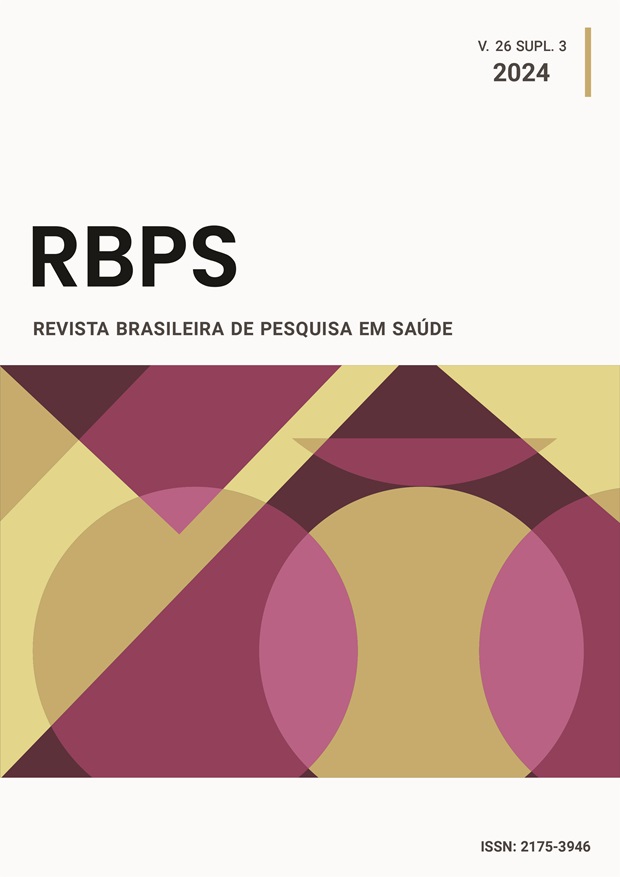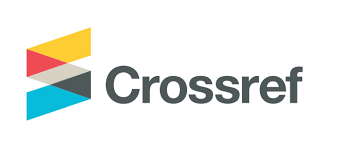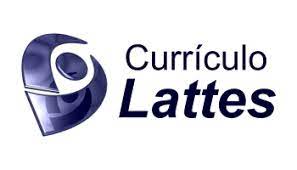Epidemiologia em um ano de internações em enfermaria de gastroenterologia em hospital de referência
DOI:
https://doi.org/10.47456/rbps.v26isupl_3.05Palavras-chave:
Fatores de risco, Gastroenterologia, Cirrose hepática, Infecção hospitalar, HospitalizaçãoResumo
Introdução: Doenças gastrointestinais são prevalentes no Brasil e necessitam de atendimento de alta complexidade. Objetivos: Avaliar dados de internação hospitalar em Gastroenterologia de hospital terciário do sistema de saúde pública, na região Sudeste do Brasil. Métodos: Trabalho retrospectivo transversal em 335 internações de 282 pacientes, no período de 01/04/21 a 31/03/22. Resultados: Média de idade: 55,8 anos, 67% homens, internados em média 14,5±14,8 dias (mediana:10). Principal diagnóstico foi cirrose hepática descompensada (51,8%), seguido das doenças pancreáticas (11,9%) e doenças inflamatórias intestinais (8,9%). Alcoolismo estava presente em 37,9% dos pacientes. Infecção hospitalar: 24,8%, disfunção renal: 27,8%. Cirrose foi fator de risco para o desenvolvimento de disfunção renal (p<0,001) e óbito ocorreu em 30 pacientes (9%). Conclusão: Nas doenças gastroenterológicas com internação hospitalar a cirrose descompensada foi a doença mais frequente e alcoolismo foi o principal fator de risco prevenível. Pacientes tiveram alto risco de infecção e disfunção renal. Atendimento integral com equipes treinadas em tomada de decisões rápidas pode evitar e tratar precocemente infecções e disfunções renais, com uso racional de recursos públicos.
Downloads
Referências
1. WHO. Mortality Database Interactive platform visualizing mortality data. Digestive diseases. Disponível em https://platform.who.int/mortality/themes/theme-details/topics/topic-details/MDB/digestive-diseases.
2. Nguyen NH, Khera R, Ohno-Machado L, Sandborn WJ, Singh S. Annual Burden and Costs of Hospitalization for High-Need, High-Cost Patients with Chronic Gastrointestinal and Liver Diseases. Clin. Gastroenterol. Hepatol 2018; 16(8):1284–1292.
3. Barakat MT, Mithal A, Huang RJ, Sehgal A, Sehgal A, Singh G, Banerjee S. Recent trends and the Impact of the Affordable Care Act on Emergency Department Visits and Hospitalizations for Gastrointestinal, Pancreatic and Liver Diseases. J Clin Gastroenterol 2020; 54(3):e21–e29.
4. Loyola AI, Matos DL, Giatti L, Afradique ME, Peixoto SV, Lima-Costa MF. Causas de internações hospitalares entre idosos brasileiros no âmbito do Sistema Único de Saúde. Epidemiologia e Serviços de Saúde 2004; 13(4):229-238.
5. Brasil, Ministério da Saúde. Departamento de Informática do Sistema Único de Saúde. Disponível em: http://tabnet.datasus.gov.br/cgi/tabcgi.exe?sih/cnv/sxuf.
6. Khwaja A. KDIGO Clinical Practice Guidelines for Acute Kidney Injury. Nephron Clin Pract 2012; 120:c179–c184.
7. Mansour D, McPherson S. Management of decompensated cirrhosis. Clinical Medicine 2018; 18 (2):s60–s5.
8. Niv Y. Hospitalization of patients with Crohn disease: A systematic review and meta-analysis. Imaj 2020; (22)111-15.
9. Bataller R, Arab JP, Shah VH. Alcohol-Associated Hepatitis. The New England Journal of Medicine 2022; 387:2436-48.
10. Lemiech-Mirowska E, Kiersnowska ZM, Michałkiewicz M, Depta A, Marczak M. Nosocomial infections as one of the most important problems of the healthcare system. Annals of Agricultural and Environmental Medicine 2021; 28(3):361–366.
11. Biggins SW, Angli P, Garsia-Tsao G, Ginès P, Ling SC, Nadim MK, Wong F, Kim WR. Diagnosis, Evaluation, and Management of Ascites, Spontaneous Bacterial Peritonitis and Hepatorenal Syndrome: 2021 Practice Guidance by the American Association for the Study of Liver Diseases. Hepatology 2021; 74(2):1014-1048.
12. Angeli P, Bernardi M, Villanueva C, Francoz C, MooKerjee RP, Trebicka J, Krag A, Laleman W, Gines P. EASL Clinical Practice Guidelines for the management of patients with decompensated cirrhosis. Journal of Hepatology 2018; 69:406–460.
13. Ricciardi R, Ogilvie Jr JW, Roberts PL, Marcello PW, Concannon TW, Baxter NN. Epidemiology of Clostridium difficile colitis in hospitalized patients with inflammatory bowel diseases. Dis Col Rect 2009; 52(1):40-5.
14. Bera C, Wong F. Management of hepatorenal syndrome in liver cirrhosis: a recent update. Therapeutic advances in Gastoenterology 2002; 15:1-19.
15. Varga ZV, Matyas C, Paloczi J, Pacher P. Alcohol Misuse and Kidney Injury: Epidemiological Evidence and Potential Mechanisms. Alcohol Res 2017; 38(2):283-288.
16. Gómez H, Kellum JA. Sepsis-induced acute kidney injury. Curr Opin Crit Care 2016; 22(6):546-553.
Downloads
Publicado
Edição
Seção
Licença
Copyright (c) 2025 Revista Brasileira de Pesquisa em Saúde/Brazilian Journal of Health Research

Este trabalho está licenciado sob uma licença Creative Commons Attribution-NonCommercial-NoDerivatives 4.0 International License.
A Revista Brasileira de Pesquisa em Saúde (RBPS) adota a licença CC-BY-NC 4.0, o que significa que os autores mantêm os direitos autorais de seus trabalhos submetidos à revista. Os autores são responsáveis por declarar que sua contribuição é um manuscrito original, que não foi publicado anteriormente e que não está em processo de submissão em outra revista científica simultaneamente. Ao submeter o manuscrito, os autores concedem à RBPS o direito exclusivo de primeira publicação, que passará por revisão por pares.
Os autores têm autorização para firmar contratos adicionais para distribuição não exclusiva da versão publicada pela RBPS (por exemplo, em repositórios institucionais ou como capítulo de livro), desde que seja feito o devido reconhecimento de autoria e de publicação inicial pela RBPS. Além disso, os autores são incentivados a disponibilizar seu trabalho online (por exemplo, em repositórios institucionais ou em suas páginas pessoais) após a publicação inicial na revista, com a devida citação de autoria e da publicação original pela RBPS.
Assim, de acordo com a licença CC-BY-NC 4.0, os leitores têm o direito de:
- Compartilhar — copiar e redistribuir o material em qualquer suporte ou formato;
- Adaptar — remixar, transformar, e criar a partir do material.
O licenciante não pode revogar estes direitos desde que você respeite os termos da licença. De acordo com os termos seguintes:
- Atribuição — Você deve dar o crédito apropriado, prover um link para a licença e indicar se mudanças foram feitas. Você deve fazê-lo em qualquer circunstância razoável, mas de maneira alguma que sugira ao licenciante a apoiar você ou o seu uso.
- Não Comercial — Você não pode usar o material para fins comerciais.
- Sem restrições adicionais — Você não pode aplicar termos jurídicos ou medidas de caráter tecnológico que restrinjam legalmente outros de fazerem algo que a licença permita.

























